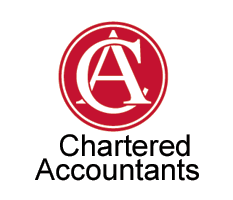Before initiating a growth phase, it is important to develop a projected income statement, cash flow statement and balance sheet. These documents can be developed one, two or even five years into the future, depending on your situation. However, estimating figures that far in advance can be tricky. Profit margins are particularly difficult to accurately predict. If you go too high with your profit margins, your investors will consider your project unfeasible and not realistic. If you go too low, they won’t be interested in investing in your business.
The aim is to be reasonable and realistic and make sure you’re in line with the profit margin standards within your industry. Exceptional return rates such as 100 or 1000 percent are usually more achievable in smaller businesses with smaller initial investment levels. It’s also a good idea to make several projections in order to incorporate potential future market trends or liabilities. For example, if you currently have a business with sales of $300,000 a year and you want the business to grow to $1 million by the 3rd year, you can make either of the following projections:
Projection A: Projection B:
Year 1: $500,000 Year 1: $600,000
Year 2: $750,000 Year 2: $800,000
Year 3: $1 million Year 3: $1 million.
Projection B shows high initial, fixed investment with a slower growth rate, while projection A shows smaller initial investment and a gradual growth rate supported by subsequent reinvestment profits from that year. Computer spreadsheets can help you prepare projections quite easily, or you can seek the help of a financial expert.


